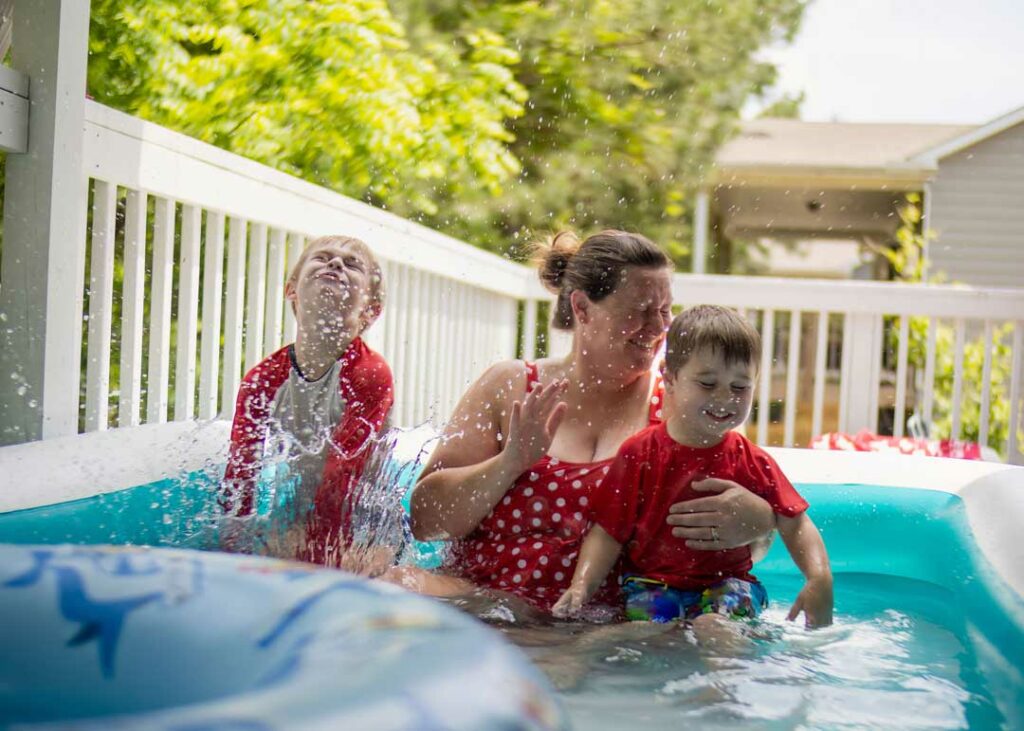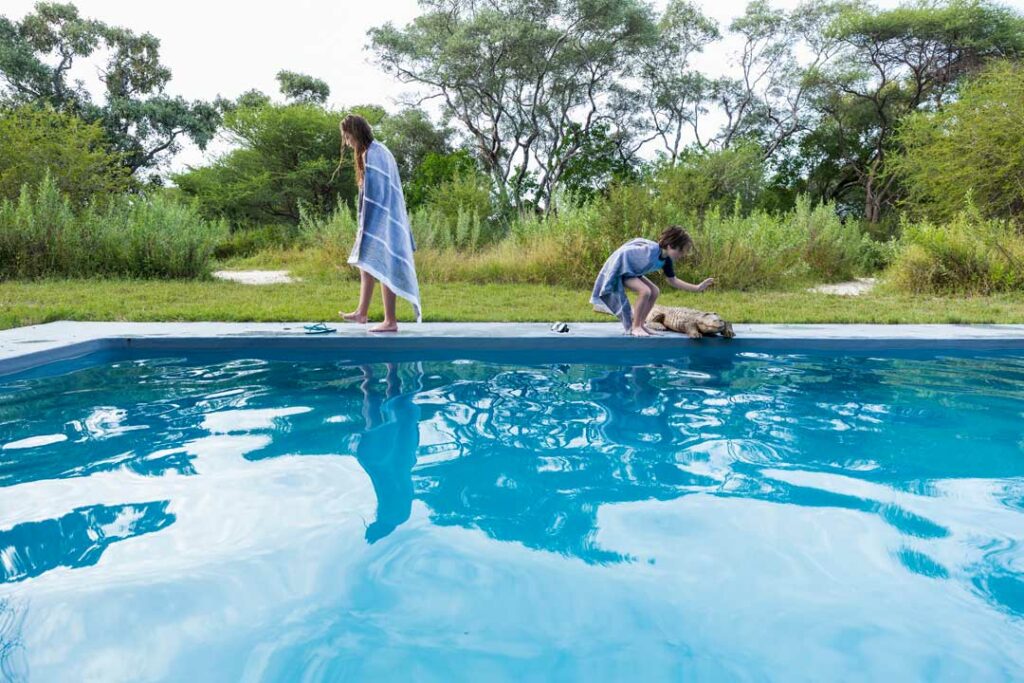Pool water safety for families goes beyond clear water and clean tiles—it’s about protecting your kids from hidden health hazards.

A backyard pool is often seen as the centerpiece of family summer fun. It is where kids learn to swim, parents unwind, and memories form one splash at a time.
Yet, behind the shimmer of clear water, invisible risks can quietly grow if a pool is not properly maintained. These threats include bacteria, viruses, and fungi that can cause skin irritations, respiratory issues, or gastrointestinal illness.
The Truth About Pool Water Safety for Families With Kids
A crystal-clear pool might look safe—but invisible threats can linger just beneath the surface.
From harmful bacteria to chlorine-resistant viruses, understanding pool water safety for families is essential. Here’s what you need to know to keep your kids healthy and your summer worry-free.
The False Security of Clean-Looking Water
Even the cleanest-looking pool can harbor harmful microorganisms. Many of them are microscopic, which means their presence will not cloud the water or change its color. E. coli, Cryptosporidium, and Pseudomonas are common culprits that thrive in poorly sanitized environments.
These bacteria can enter pool water through accidental fecal contamination, skin contact, or unclean equipment. Without adequate chemical balance and filtration, they multiply quickly.
Viruses That Survive the Swim
Certain viruses can resist chlorination if levels are too low or inconsistent. Adenoviruses, for example, are known to cause pink eye, sore throat, and even gastrointestinal issues.

Norovirus, a leading cause of stomach flu, can also spread through water contaminated by sick individuals.
These viruses are easily transmitted through shared water and are more likely to infect children, who tend to swallow water or spend extended time in the pool.
Fungal Infections Below the Surface
Pools can also be a source of fungal infections, particularly when surfaces like pool decks, tiles, and changing areas stay moist. Athlete’s foot and ringworm are among the most common infections passed from person to person through damp communal areas.
If a child walks barefoot on a contaminated surface, they may pick up fungal spores that thrive in warm, wet environments. Ensuring proper cleaning of poolside surfaces is just as important as maintaining water quality.
What Families Can Do
Regular testing and treatment are essential for keeping pool water safe. A well-maintained chlorine level, proper pH balance, and a working filtration system all help limit the growth and spread of pathogens.

Children should be taught not to swallow pool water and to avoid swimming when they are ill. Showering before entering the pool also helps reduce the number of bacteria introduced into the water.
It is equally important for parents to work with professionals who are trained in water sanitation. Proper pool technician training provides individuals with the skills needed to manage chemical levels, inspect filtration systems, and identify signs of contamination before they become serious health concerns.
While DIY maintenance might seem sufficient, untrained handling of pool chemicals can lead to imbalances that give pathogens room to grow.
How to Protect Your Family From Hidden Backyard Pool Dangers
Pool safety extends far beyond physical hazards like slippery surfaces or lack of fencing. The microorganisms that go unseen can present just as serious a risk to children’s health. With knowledge, regular maintenance, and the support of trained professionals, families can enjoy their pools without worry, knowing that what’s in the water is just as safe as how it looks.
To learn more about invisible threats in pool water, look over the accompanying resource below.
Staying informed about pool water safety for families is one of the most important steps you can take as a parent.
By testing regularly, maintaining chemical balance, and working with certified professionals, you protect your family from invisible risks. A clean-looking pool isn’t always a safe one—but with the right knowledge, it can be.

Jessi is the creative mind behind The Coffee Mom, a popular blog that combines parenting advice, travel tips, and a love for all things Disney. As a trusted Disney influencer and passionate storyteller, Jessi’s authentic insights and relatable content resonate with readers worldwide.



